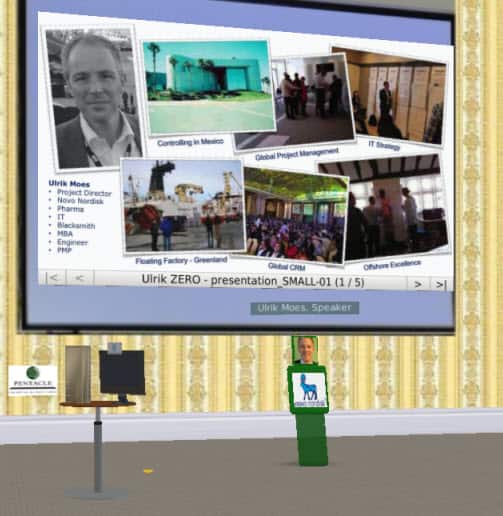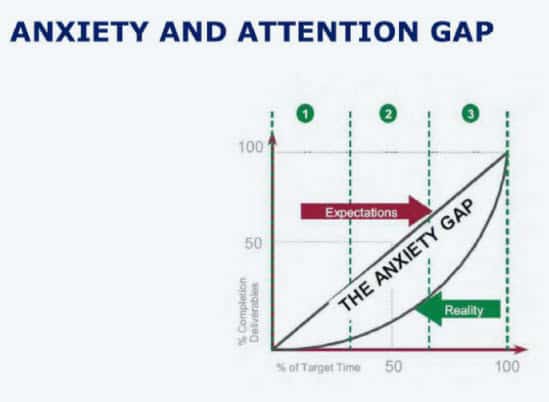Empowering teams at Conference: Zero

Ulrik Moes, Project Director at pharma company Novo Nordisk, gave a presentation at Conference: Zero a fortnight ago about his ideas for empowering project teams.
Ulrik has worked all over the world and has spent the last 8 years managing IT projects. His talk focused on tools for empowerment and the management of virtual teams. “I believe that accomplishing a perfect project, especially in a global setting, these are the elements you need to manage well: the people and the virtual aspect,” he said.
“You can have all the structure in the world and all the tools but if you don’t have the people side you won’t get anywhere and you definitely won’t have a perfect project. But if you get the people side right you won’t need a lot of structure.”
He started by explaining the role he took when he first moved into project management: that of the lonely warrior. He was taking all the decisions and working around clock to make projects happen. It took a while to realise that this wasn’t a very productive way of working. “By stepping back and empowering the team and the sponsor I get a much more productive project and better momentum,” he said.
However, that can make project managers feel uncomfortable. “Being a project manager in control can be an odd feeling,” Ulrik said. “When you have the team and sponsor working and no fires to put out, you can feel redundant. But this gives me the bandwidth to look further into the future and set goals for the next 3 to 6 months.” By making the shift from warrior to being the one at the back taking on a coaching position he has become more effective and able to spend time looking for opportunities to hold 1:1s with individuals to develop their skills on the project.
The attention gap

Ulrik explained one of the concepts he uses to manage projects: the attention gap. This happens when users, clients or stakeholders set expectations, hand over the blueprint or requirements and expect the project team to come back with a perfect product at the end of the project. “To be successful you need to keep the information going and to focus attention on what is actually going on between the business case and the end product,” he said.
The gap is created because individuals and teams as a whole lose focus on what they are trying to do and how to get there, which is another reason why continuous engagement with stakeholders is important.
The gap leap tool
Ulrik described another tool he uses, which he called the Gap Leap tool (created by and copyright of Pentacle The Virtual Business School and Eddie Obeng). This aims to define the purpose of the project. Typically he would hold a workshop for a couple of hours to define what happens if the gap is not fixed, what happens if it is fixed, where we are, where would like to be and why the problem is not yet fixed. This all adds up to the purpose of the project and helps ensure a common understanding of the goals and objectives.
Ulrik recommended having one project plan which you constantly update. This, combined with the gap leap tool and a RACI matrix, are critical for getting the team off to the right start. However, he said that these were not the most important tools on the project – he favoured his weekly project status update meetings.
Communication and culture
Communication is difficult, Ulrik explained, but it gets increasingly difficult when you get difficult cultures and language barriers involved. “When you have different teams involved, get a discussion going and talk about the specifics of your culture and what everyone should look out for,” he said. “As a project manager look for strengths and weaknesses in the culture.”
He gave an example to illustrate what he meant by that. In a multi-national team, Ulrik found that the Chinese team members were very good at structure, follow up and planning. The Indian team members were good at creative thinking and were quick to come up with solutions. So he organised the project team using these characteristics and found that the team became very productive. “You can’t aim for a perfect culture so aim to get the best out of the strengths in the team and work towards that,” he said. “I haven’t had a perfect project yet but I hope to get there one day.”
